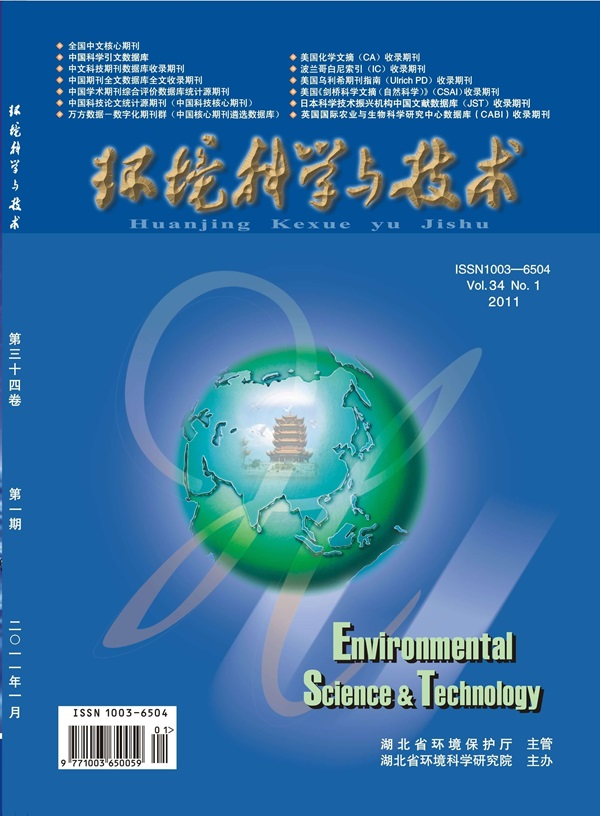Comparative Exposure Assessment of Crops Grown by Urine-Derived Fertilizer and Crops Irrigated with Reclaimed Water.
IF 10.8
1区 环境科学与生态学
Q1 ENGINEERING, ENVIRONMENTAL
引用次数: 0
Abstract
Urine-derived fertilizers (UDFs) are a sustainable alternative to energy-intensive and environmentally damaging synthetic fertilizers; however, contaminant concerns must be addressed. Source-separated urine contains pharmaceutical compounds that could pose a risk to the environment and public health. While treatment technologies that address pharmaceutical contamination in UDF have been proposed, little is known about the exposure and risk to public health that UDF-fertilized crops pose. We assessed pharmaceutical uptake by lettuce exposed to UDF spiked with pharmaceuticals at two levels: the highest reported concentrations from the literature and at a level 10 times this amount to represent a worst-case scenario for UDF application. Between 0.00004% and 0.0002% of the applied pharmaceutical mass was taken up by lettuce. Exposure to pharmaceuticals through the consumption of UDF-fertilized crops is not significantly different from exposure through crops irrigated with reclaimed water (RW). Compared to therapeutic doses, the cumulative pharmaceutical ingestion associated with consuming UDF-fertilized vegetables every day over 70 years is up to 2.5% of the therapeutic dose of pharmaceuticals considered in this study. Our comparative exposure assessment reveals minimal exposures associated with the consumption of crops that are either fertilized by UDF or irrigated with RW, providing key insights for various stakeholders.尿源肥作物与再生水灌溉作物的比较暴露评价。
尿衍生肥料(udf)是能源密集型和对环境有害的合成肥料的可持续替代品;然而,必须解决污染问题。来源分离的尿液含有可能对环境和公众健康构成风险的药物化合物。虽然已经提出了解决UDF中药物污染的处理技术,但对UDF施肥作物对公众健康造成的暴露和风险知之甚少。我们评估了暴露于UDF的生菜在两个水平上的药物摄取:文献中报道的最高浓度和代表UDF应用的最坏情况的10倍的水平。生菜占药量的0.00004% ~ 0.0002%。通过食用udf施肥的作物而接触药物与通过用再生水灌溉的作物接触药物并无显著差异。与治疗剂量相比,在超过70年的时间里,每天食用udf受精蔬菜的累积药物摄取量高达本研究中考虑的药物治疗剂量的2.5%。我们的比较暴露评估揭示了与用UDF施肥或用RW灌溉的作物消费相关的最小暴露,为各利益相关者提供了关键见解。
本文章由计算机程序翻译,如有差异,请以英文原文为准。
求助全文
约1分钟内获得全文
求助全文
来源期刊

环境科学与技术
环境科学-工程:环境
CiteScore
17.50
自引率
9.60%
发文量
12359
审稿时长
2.8 months
期刊介绍:
Environmental Science & Technology (ES&T) is a co-sponsored academic and technical magazine by the Hubei Provincial Environmental Protection Bureau and the Hubei Provincial Academy of Environmental Sciences.
Environmental Science & Technology (ES&T) holds the status of Chinese core journals, scientific papers source journals of China, Chinese Science Citation Database source journals, and Chinese Academic Journal Comprehensive Evaluation Database source journals. This publication focuses on the academic field of environmental protection, featuring articles related to environmental protection and technical advancements.
 求助内容:
求助内容: 应助结果提醒方式:
应助结果提醒方式:


